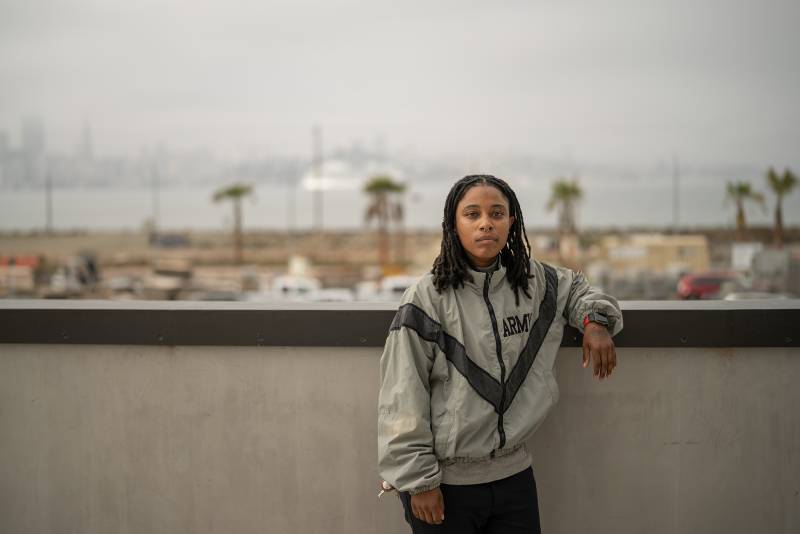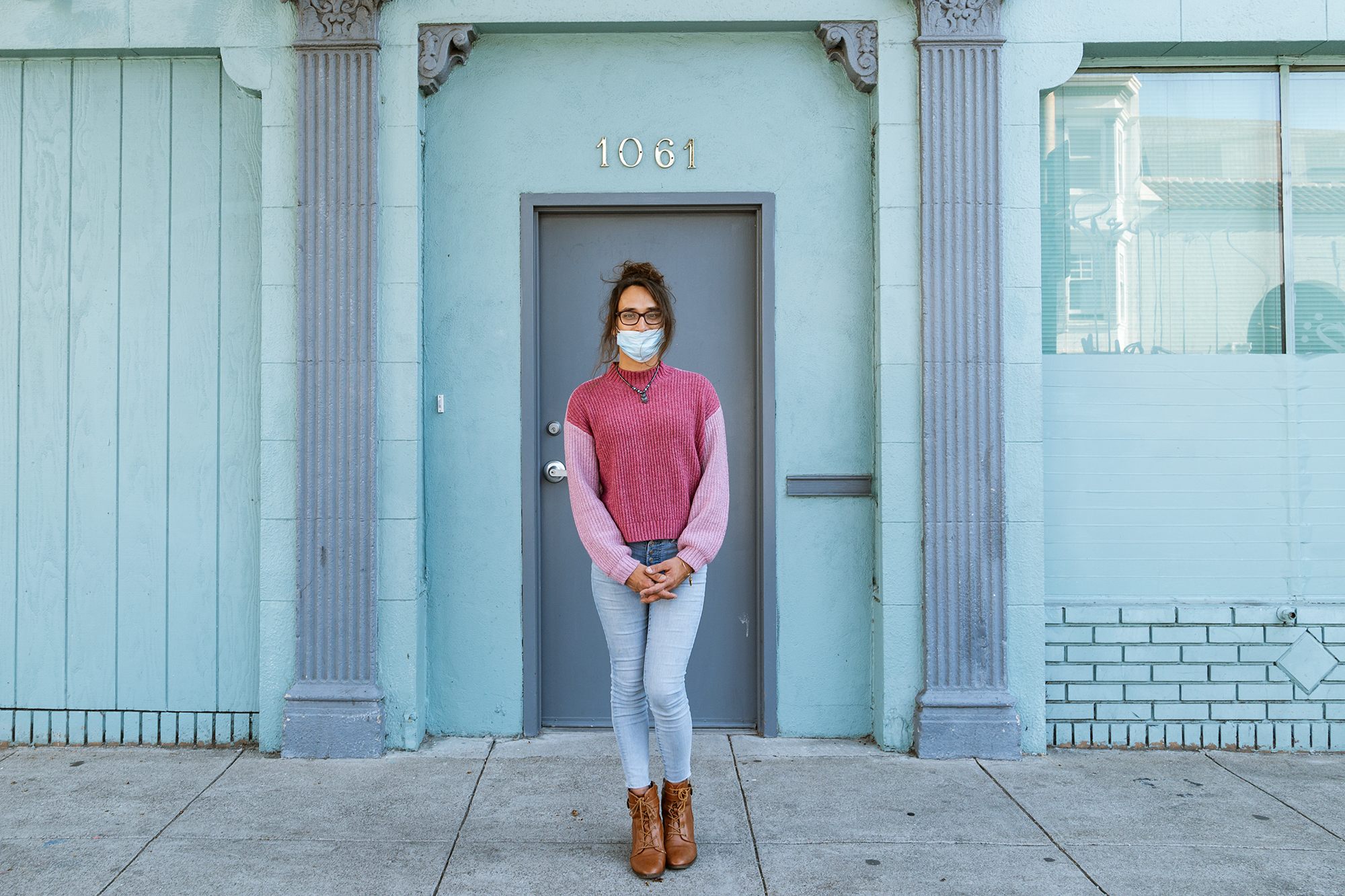Newsom’s new strategy in the mental health bond, advocates say, should help those most in need. The California Department of Veterans Affairs estimates that half of the state’s unhoused veterans suffer from some behavioral health issue.
The money in the bond would go to the state’s Department of Housing and Community Development, which would work with CalVet “to focus specifically on housing veterans experiencing behavioral health challenges,” said Assemblymember Jacqui Irwin, the Thousand Oaks Democrat who wrote the bill that ultimately put the bond on the ballot.
Studies have shown veterans are overrepresented in the nation’s homeless population. They may experience personal challenges, such as post-traumatic stress disorders or other mental health issues, as well as disabilities related to their military service.
“Transitioning from that very specific culture and society to civilian life is a lifelong process,” said Amy Fairweather, director of policy at the veterans advocacy group Swords to Plowshares. “If you do have any physical or mental disabilities, dealing with those and trying to re-enter civilian life can be very difficult.”
California’s veterans’ homes
California’s long history of providing housing to former military service members dates to 1884 when it opened an estate in Napa County as the state’s first veterans home. That site is still in operation, housing around 600 veterans on a picturesque property in wine country.
Altogether, the state now has eight veterans homes. The two largest homes are in fairly remote communities — one is in Napa County’s Yountville, and the second is in Barstow in the Mojave Deserts. Moving to them can mean living far from a veteran’s family. That geography somewhat limits interest in the homes.
The homes account for the lion’s share of CalVet’s $650 million annual budget. Some advocates have called on the state to put money into programs that would benefit people who don’t necessarily want to live in a veterans’ home.
Map: Liliana MichelenaSource: California Department of Veteran Affairs Created with Datawrapper
“The state should keep its promises to the current home residents, but as things change, the program needs to be less structured on just providing room and board for a minimal number of people and more structured on providing skilled nursing facility care for those who need it,” said Ethan Rarick, executive director at Little Hoover Commission, which published a report on the veterans’ homes in 2017.
Outside of the veterans homes, California approved a series of bonds meant to help military service members find housing beginning in 2008. The Veterans Bond Act, passed that year, provided $900 million to veterans through the CalVet Home Loans Program.
In 2014, California passed an initiative creating the Veterans Housing and Homelessness Program, which put $600 million toward building multi-family homes for veterans. A second ballot initiative in 2018 gave another $4 billion to the program.
The federal Department of Veterans Affairs, meanwhile, has kept up steady funding for housing vouchers that can provide a place to live for former troops. The Veterans Affairs Supportive Housing program, commonly known as HUD-VASH, was a centerpiece of the Bush and Obama administration’s efforts to curb veterans’ homelessness. It provides rental assistance to over 100,000 veterans nationally.
A steep drop in veteran homelessness
The number of unhoused veterans in the U.S. peaked during the Great Recession when the VA in 2007 reported some 154,000 former troops were homeless.
At that time, Fairweather of Swords to Plowshares said many of those deployed in the Iraq and Afghanistan wars were starting to come back home “to a society that wasn’t prepared for it.”
On top of that, they and older veterans struggled in the economic downturn, which led to more unemployment and homelessness.

